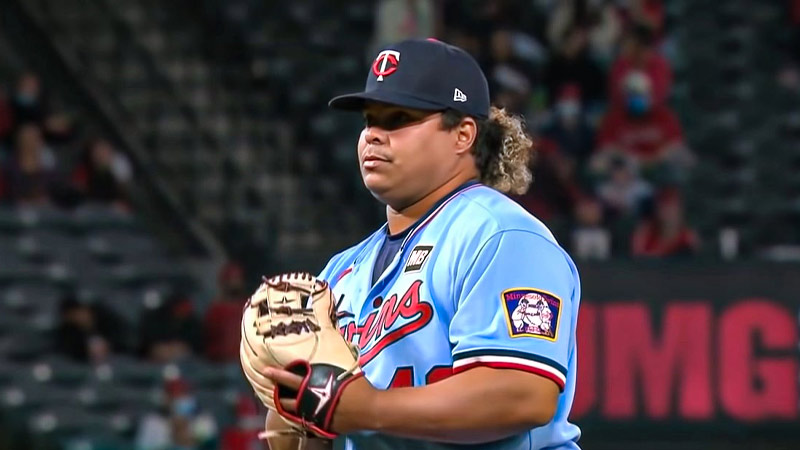Baseball, known for its rich history and cherished traditions, has witnessed its fair share of controversies and rule changes over the years.
Among these, the ban on spitball remains a significant and intriguing aspect of the sport.
In this blog post, we will dive into the intriguing question of why is spitball illegal in baseball.
Discover the origins of this mysterious pitch, its impact on the game, and the ethical considerations surrounding it.
We’ll also shed light on the 1920 ban and how it transformed the sport, ushering in an era of fairness and consistency on the field.
Join us on this journey to understand why a seemingly innocuous saliva-soaked baseball became a subject of intense debate, rule-making, and ultimately, an illegal art in the world of baseball. So, stay focused.
What Is A Spitball Baseball?
A “spitball” in baseball refers to a now-illegal pitching technique in which a player moistens the surface of the baseball with saliva, petroleum jelly, or another foreign substance before throwing it.
This added moisture or tackiness can create unpredictable movement on the ball, making it more challenging for batters to hit.
Spitball pitchers could generate unusual curves or drops in the ball’s trajectory, making it a deceptive pitch.
However, due to concerns about fairness and consistency in the game, Major League Baseball banned the spitball in 1920, allowing existing spitball pitchers to continue using the pitch until they retired.
Today, any form of doctoring baseball is strictly prohibited to maintain a level playing field and preserve the integrity of the game.
Why Is Spit Ball Illegal in Baseball?
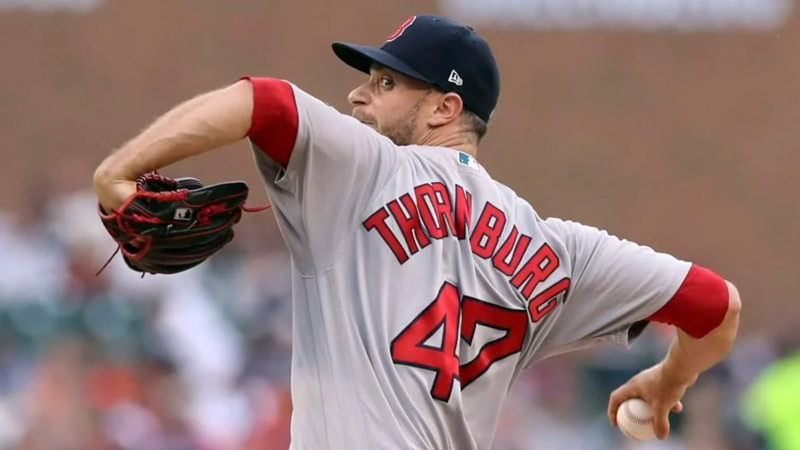
There are many reasons why are spitballs illegal. Check out some of the reasons in the following part:
Unpredictable and Dangerous Movements
The application of foreign substances, such as saliva or petroleum jelly, on the ball, can result in unpredictable movements.
This unpredictability can make it challenging for batters to anticipate the ball’s trajectory, increasing the risk of injury due to the difficulty of making contact with the ball.
Competitive Fairness
Allowing some pitchers to use the spitball while others cannot would create an unfair advantage, undermining the level playing field that is essential in professional sports.
Consistency in the rules ensures that the game’s outcome is determined by skill rather than tricks or gimmicks.
Integrity of the Game
Prohibiting the spitball helps maintain the integrity of baseball. Fans expect that the game is played with honesty and within the established rules.
Allowing the use of such a deceptive pitch would erode the sport’s credibility and lead to doubts about the authenticity of performance.
Historical Precedent
The spitball was banned in 1920 because it had become a widespread and controversial practice.
To preserve the consistency and ethics of the game, baseball’s governing bodies implemented this ban, and it has remained in place to this day as part of the sport’s tradition and regulations.
Health and Hygiene Concerns
Allowing players to regularly apply saliva to the ball could raise health and hygiene issues, especially given the potential for the transmission of illnesses.
Prohibiting the spitball helps ensure that the equipment used in the game remains as clean and safe as possible for all participants.
The Controversy Surrounding Spitballs
The controversy surrounding spitballs in baseball is a long-standing issue that has generated debates and discussions for several reasons:
Deceptive Pitching
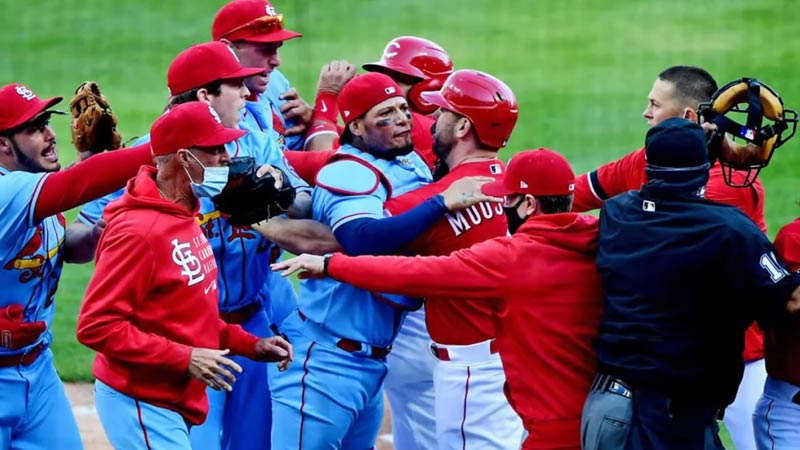
Spitballs are known for their deceptive and unpredictable movements, making them difficult for batters to hit. This controversy arises from the fine line between deception and unfair advantage.
Some argue that it is a legitimate skill to master, while others see it as a form of cheating, creating tension between players and fans.
Banning and Enforcement
The controversy also stems from the enforcement of the ban on spitballs.
While Major League Baseball has banned spitballs since 1920, some players have been accused of using foreign substances to doctor the ball in more recent years.
This raises questions about how consistently and effectively the rules are enforced, leading to concerns about a level playing field.
Health and Safety
There are concerns about the hygiene and safety aspects of spitballs, especially in the context of the COVID-19 pandemic and increased awareness of health and safety in sports.
The use of saliva and foreign substances can raise questions about the cleanliness of the ball and the potential for disease transmission.
Evolving Attitudes
The controversy surrounding spitballs reflects the evolving attitudes in baseball and sports in general.
As the game adapts to modern times, there is a growing emphasis on fair play and transparency.
Some believe that using spitballs runs counter to these principles, leading to calls for stricter enforcement and penalties.
Technological Advances
With advances in technology, it has become easier to detect and prove the use of foreign substances in baseball.
This has added a new dimension to the controversy, as players and teams are now subject to increased scrutiny.
The use of spin rate data and video analysis has brought the issue to the forefront, and debates about how to address it continue.
The controversy surrounding spitballs in baseball reflects the ongoing tension between tradition, innovation, fairness, and safety in the sport.
The 1920 Spitball Ban
To learn exactly why was the spitball banned, you should know the context of the 1920 spitball ban.
The 1920 Spitball Ban in Major League Baseball is a significant historical event in the sport. Here are some of the key points about the ban:
The Need for Regulation
Prior to 1920, spitballs and other altered pitches were commonplace in baseball. Pitchers would use various substances, including saliva, to manipulate the ball’s movement, making it difficult for batters to hit.
As a result, batting averages were lower, and games could be low-scoring and slow-paced. This led to a demand for regulation to ensure fairness and more exciting gameplay.
The Grandfather Clause
To address the widespread use of the spitball at the time, the ban was implemented but with a “grandfather clause.”
This clause allowed existing spitball pitchers to continue using the pitch for the remainder of their careers.
Once they retired, the spitball would be prohibited entirely. This compromise aimed to avoid immediate disruption in the league while moving toward a spitball-free game in the long term.
Rule 8
The ban on the spitball was officially codified as Rule 8 in the Official Baseball Rules.
Rule 8 stipulated that after the 1920 season, the spitball, and other “freak” deliveries, would be illegal, except for the pitchers already using them, who were “grandfathered” in.
Impact on the Game
The 1920 Spitball Ban had a profound impact on the sport. It not only changed the dynamics of pitching but also had implications for the evolution of the game.
With the elimination of certain deceptive pitches, batters could more effectively predict the ball’s trajectory, leading to higher-scoring games and a faster pace.
This, in turn, made the sport more fan-friendly and contributed to the rise in popularity of baseball during that era.
Legacy and Modern Game
The ban on the spitball remains in place in Major League Baseball today. While the game has evolved in many ways since 1920, the ban on spitball endures as part of the sport’s historical and regulatory framework.
It serves as a reminder of the league’s commitment to maintaining a level playing field and ensuring the integrity of the game.
Current Rules and Enforcement Regarding Spitball
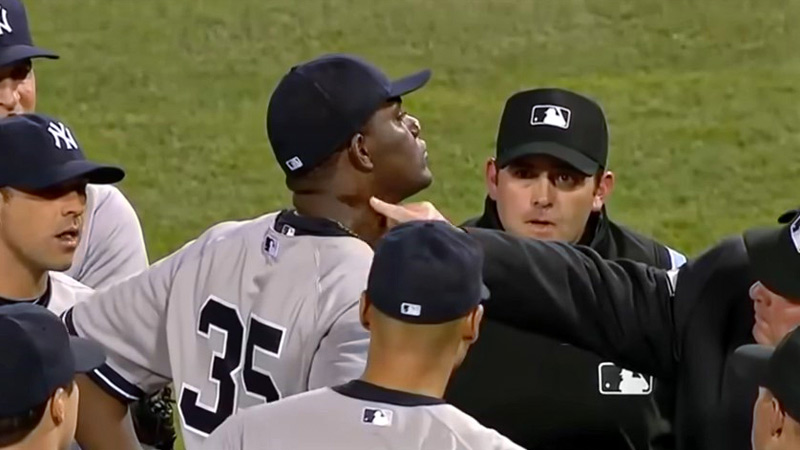
The rules and enforcement regarding spitballs in Major League Baseball (MLB) were facing increased scrutiny and changes. Here are some key points:
Enhanced Enforcement
In the years leading up to 2022, there was a growing concern about the use of foreign substances to doctor baseball, including the infamous “spider tack.”
MLB had begun to step up its enforcement efforts, with increased scrutiny of pitchers and stricter penalties for violations.
This marked a shift in the approach to enforcement, reflecting a renewed commitment to fair play and consistency in the game.
Foreign Substances Policy
MLB announced a new foreign substances policy in June 2021, which was set to take effect on June 21, 2021.
Under this policy, pitchers were prohibited from using foreign substances on the baseball to enhance their grip or alter the ball’s flight.
This was a significant development in the ongoing effort to maintain fairness and integrity in the game.
Checks and Penalties
To enforce the new policy, MLB mandated that umpires would conduct regular and random checks of pitchers to ensure compliance.
Violators faced various penalties, including suspensions and fines. The combination of increased scrutiny, checks, and penalties aimed to discourage pitchers from using foreign substances to gain an unfair advantage.
Technological Assistance
MLB also started using technology, such as spin rate data and video analysis, to detect potential violations.
This marked a significant shift in how the league approached enforcement, making it more sophisticated and data-driven.
Pitchers’ spin rates were monitored closely to identify any suspicious changes that might suggest the use of foreign substances.
Ongoing Discussions
The issue of foreign substances in baseball, including spitball and similar practices, was an ongoing topic of discussion and debate among players, teams, and the league.
There were calls for clearer rules and guidelines, as well as discussions about the long-term impact on the game and the need for a level playing field.
What Is a Sweeper Pitch?
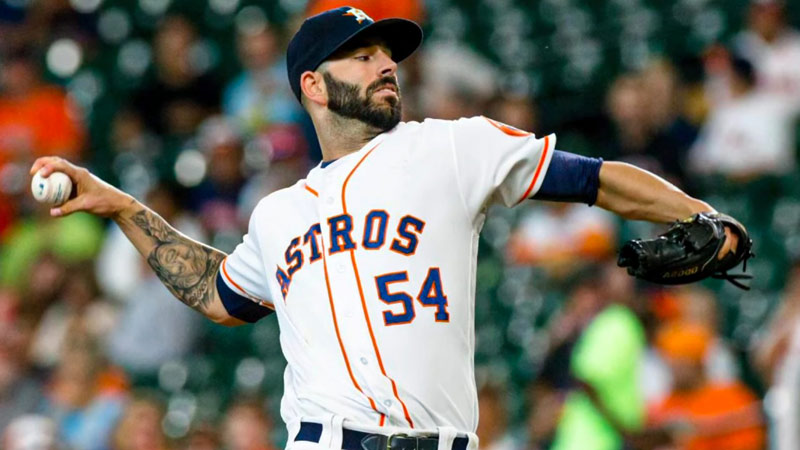
A “sweeper pitch” is not a widely recognized or established term in baseball. It may refer to different things depending on the context, but it’s not a standard or commonly used term in the sport.
In some cases, “sweeper pitch” might be a colloquial or informal term used by players or enthusiasts to describe a specific type of pitch or pitching technique.
If you encounter the term “sweeper pitch” in baseball, it’s essential to consider the context and seek clarification, as it may not have a universally accepted meaning.
Baseball enthusiasts and players tend to refer to pitches by their well-known and standard names, such as fastball, curveball, slider, changeup, and others, which are widely recognized and have established characteristics.
If you have a specific “sweeper pitch” in mind or need information about a particular pitch, it’s best to provide additional context for a more accurate explanation.
Spitball’s Relation to the Sweeper Pitch
There is no established or widely recognized connection between a “spitball” and a “sweeper pitch” in baseball terminology.
Both terms describe different aspects of pitching in the sport, and they are not typically related.
However, if “sweeper pitch” is a colloquial term or a localized expression used in a specific baseball community, it’s possible that it may describe a particular type of pitch, grip, or pitching technique that resembles the characteristics of a spitball.
Spitball
As discussed earlier, a spitball refers to a now-illegal pitching technique in which a player moistens the surface of the baseball with saliva or another foreign substance to create unpredictable movement on the ball.
This technique has been banned in Major League Baseball since 1920.
Sweeper Pitch
The term “sweeper pitch” is not a standard or widely recognized term in baseball. It may describe a specific pitch or technique used by some players, but it does not have an established definition or association with the spitball.
If someone refers to a “sweeper pitch” in a baseball context, it would be important to ask for clarification to understand the specific meaning or characteristics they are referring to.
FAQs
Why is the spitball illegal in baseball?
The spitball is banned because it creates unpredictable ball movement, making it challenging for batters. This unpredictability undermines fairness and integrity in the game.
When was the spitball banned in baseball?
The spitball was banned in Major League Baseball in 1920, with existing spitball pitchers being allowed to continue using it until they retired.
What other pitches are illegal in baseball?
In addition to the spitball, other illegal pitches include the scuff ball, emery ball, and shine ball. These techniques involve altering the ball’s surface to affect its flight.
What are the consequences for using a spitball in a game?
If a pitcher is caught using a spitball or any other illegal pitch, they may face ejection from the game, fines, and possible suspensions. These penalties are in place to maintain fair play.
Why do some pitchers resort to using illegal pitches like the spitball?
Some pitchers may use illegal pitches to gain a competitive advantage.
The deceptive movement caused by a spitball can make it difficult for batters to hit, but it’s considered unethical and against the rules, leading to penalties for violators.
Wrapping Up
The ban on spitball in baseball is a testament to the sport’s commitment to fairness, integrity, and consistent gameplay.
Understanding the reasons behind its prohibition allows us to appreciate the fine balance between tradition and innovation that baseball strives to maintain.
As the game continues to evolve, it remains firmly rooted in its principles. The 1920 ban not only eliminated a controversial pitch but also paved the way for a more fan-friendly, high-scoring version of baseball.
It symbolizes a commitment to the core values that make baseball the beloved pastime it is today.
In a world of advanced analytics and high-tech solutions, the history of the spitball and its ban reminds us that the sport’s traditions and ethics remain vital. Thank you for being with us.

